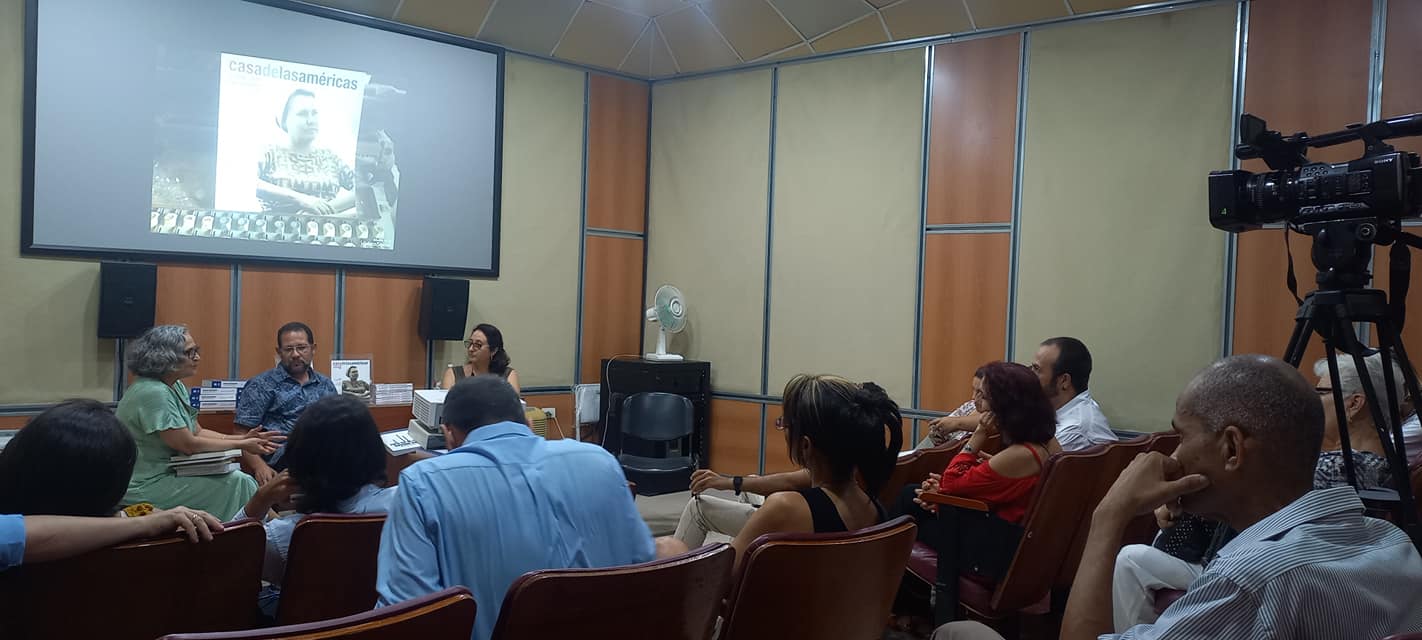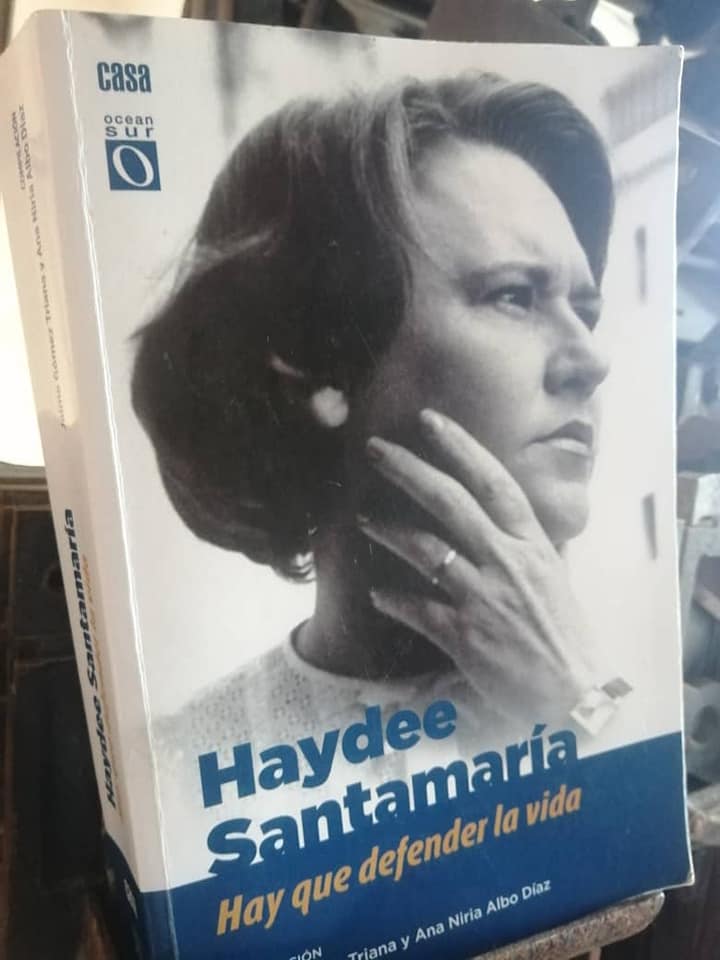
Despite the drizzle and the omens of bad weather, the presentation of the book Haydée Santamaría. We Must Defend Life, already qualifies as one of the most emotional spaces of the 58th edition of the Cucalambeana Fiesta, the party of the Cuban peasantry, regarding the centenary of the heroine of Moncada Feat and her mark on Las Tunas, where she is still remembered.
Las Tunas, Cuba.- The presentation, by specialists and editors from the Casa de las Américas Literary Research Center, brought Yeyé experiences closer, revealed little-known issues, and above all served as a pretext to talk about the simple girl who arrived at "Amancio," together with Armando Hart, her husband, and named it "Macondo.”
 According to its presenters, the book plays with experiences and subjectivities; it has around 600 pages, the product of a long and exhaustive research process, and also rigorous editing. For its compilation, it was necessary to contrast information, triangulate, and conduct interviews, and even so, Haydée transcends the story.
According to its presenters, the book plays with experiences and subjectivities; it has around 600 pages, the product of a long and exhaustive research process, and also rigorous editing. For its compilation, it was necessary to contrast information, triangulate, and conduct interviews, and even so, Haydée transcends the story.
Behind a discreet cover emanates the woman with a lot of temperament and a severe face but sweet on the inside. Her arrival in "Amancio" is narrated to support the 1970 harvest, and how -together with his secretary Graciela Rodríguez (Chela)- she dedicated herself to carrying out social works in schools, peasant houses, to know in depth the needs of those people with noble eyes that they welcomed her with affection.
There, she collected her efforts to start an atelier, for which she had the machines brought from Havana; and, in a short time, many women found jobs as seamstresses. And how while her husband toured the extensive cane fields and finalized details inside the sugar mill, she met with the mothers of the martyrs of the territory and helped each one of them as she could.
Her editors delved more significantly into Yeye's footprint in southern Las Tunas, the work she carried out in the delivery of goods and homes that previously belonged to wealthy families who emigrated to the United States after the revolutionary triumph.
Caridad Tamayo Fernández, editor, critic, and researcher at the Casa de las Américas Literary Research Center, assures that there are still many more materials to record since the approach to the heroin is accompanied by an incessant search.
She also addressed the creation of “Casa de las Américas,” and the spirit and strength that Haydée had, for which she was appointed for such an undertaking.“She had an impressive artist look,” she commented.
The presentation, followed by remembrances and evocations, is part of the festival of traditions that takes place in the province from June 28 to July 2, dedicated to the 194th birthday of Juan Cristóbal Nápoles Fajardo (El Cucalambé), the greatest bucolic poet of the 19th century in Cuba; the poet and plastic artist Renael González Batista; and the 45th anniversary of the Provincial System of Culture Houses.





